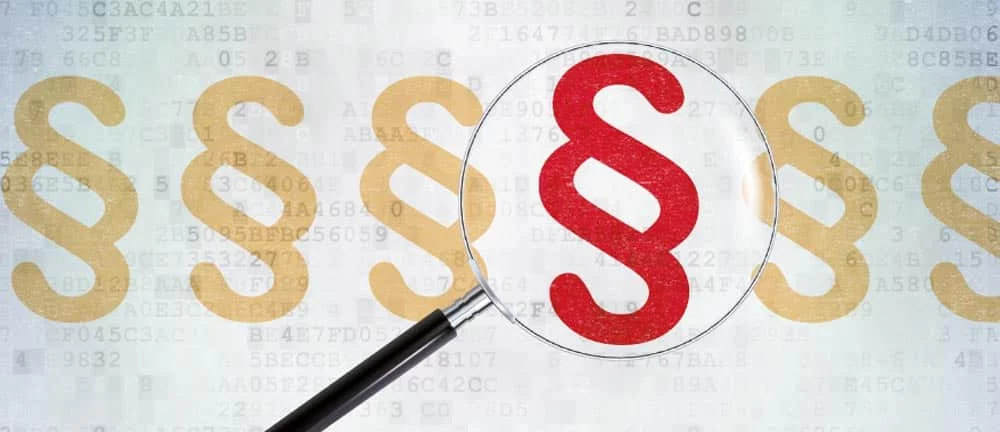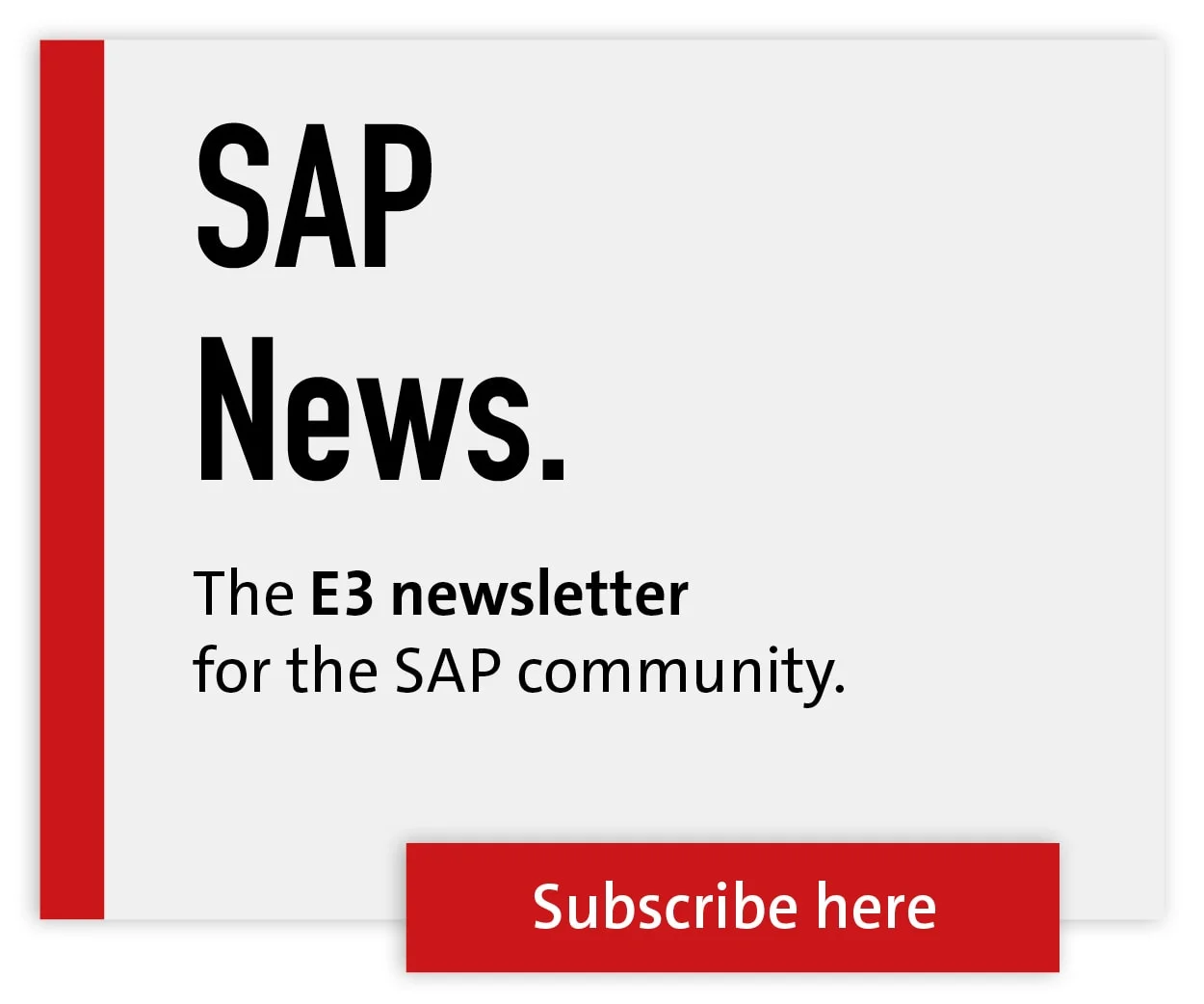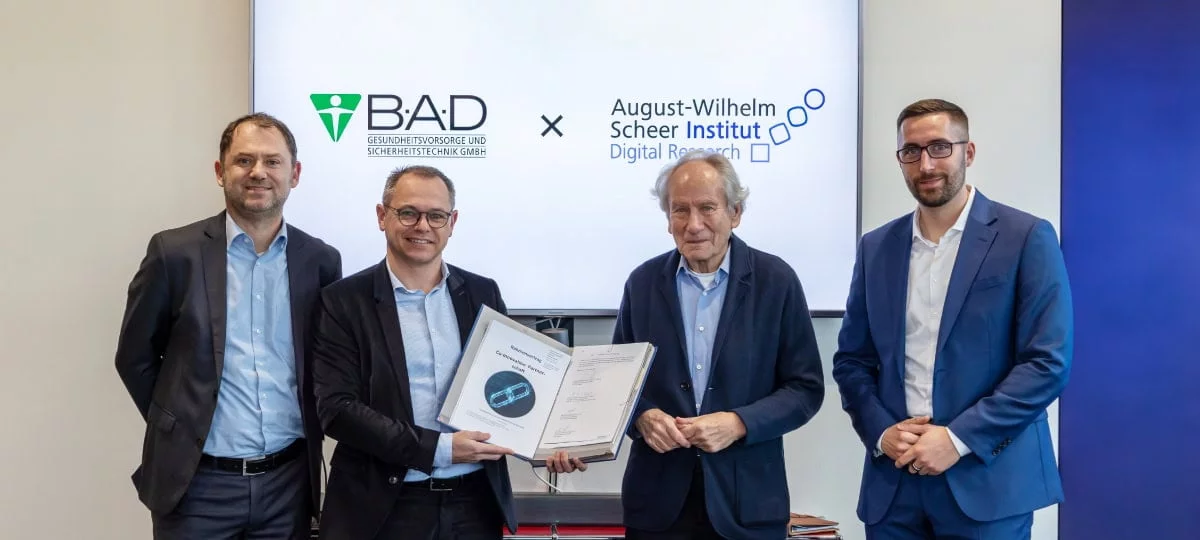License risks with SAP from the cloud

SAP has a clear strategy to bring all customers into the cloud. On-premises installations cause high support costs for the manufacturer. SAP still has to provide maintenance for many old versions. This is to be eliminated in the cloud. SAP promises its customers more innovations in the cloud and faster deployment. The customer then no longer has to worry about operating the computers and, in the case of the public cloud, also not about operating the software. This means falling costs.
SAP cloud revenues have grown 23 percent in the last four years. In the next four years, this is expected to increase by 134 percent. While cloud revenues today account for only one-third of revenue, this is expected to be reversed in 2025. Two-thirds of revenues are then expected to come from the cloud business. Now, SAP is certainly not investing billions in the development of cloud products and building the necessary infrastructure to help its customers altruistically. So why is the cloud model so interesting for SAP and other software manufacturers?
In a cloud operating model, the manufacturer has complete control over the installation. The SAP contract terms allow SAP to monitor the use of the software. The SAP cloud contract terms explicitly include the right to measure software usage at any time. Gone are the days when you cleaned up your users once a year and did the surveying yourself.
However, the biggest incentive for manufacturers to move to a cloud model is the associated form of contract: subscriptions instead of purchase contracts. Once a customer has purchased software, he can use it with the defined scope of functions, for an unlimited period of time. At most, the manufacturer can cancel maintenance. But there are now third-party providers who can step in. In the case of a subscription, the functional scope, at the agreed price, must only be made available for the concluded contract period. With each contract extension, the manufacturer can remove functions and price them separately. Terms of use can be changed at will each time. If it is not regulated in the subscription contract, any price increases are possible without providing any additional benefit.
If the customer does not accept this, the subscription is terminated and the customer can no longer access the software. Business-critical data, for which there is also a legal obligation to retain data, would be lost. A subscription contract for software as complex as SAP cannot realistically be terminated. The vendor lock-in is perfect. The dependency is so great that the opportunities for customers to negotiate are very small.
What can you do?
The initial cloud contract is decisive. After that, negotiation successes are very difficult to achieve, but should still be attempted. The three basic conditions for every successful purchasing negotiation are important: time for preparation in order to go into the negotiation well informed; a plan B to create competition; and never give the manufacturer the feeling that the deal is certain. Based on this, important "protections" in cloud contracts can be negotiated. My advice is to consider very carefully whether the advantages of the cloud model actually offset the disadvantages.
The cloud offerings from SAP and other providers sound tempting. Speed, flexibility and low initial costs convince many companies. But instead of agility, they unfortunately often get inflexible contracts that cannot be terminated and lead to ever higher costs. Do you conclude cloud contracts with future protection or do you prefer to stick to on-premises and purchase contracts.
SAP Licensing is complex and requires technical and legal know-how. Only those who have optimized their licenses do not pay more than necessary
or risk expensive additional payments.




